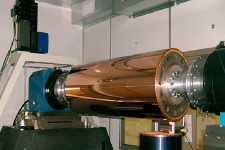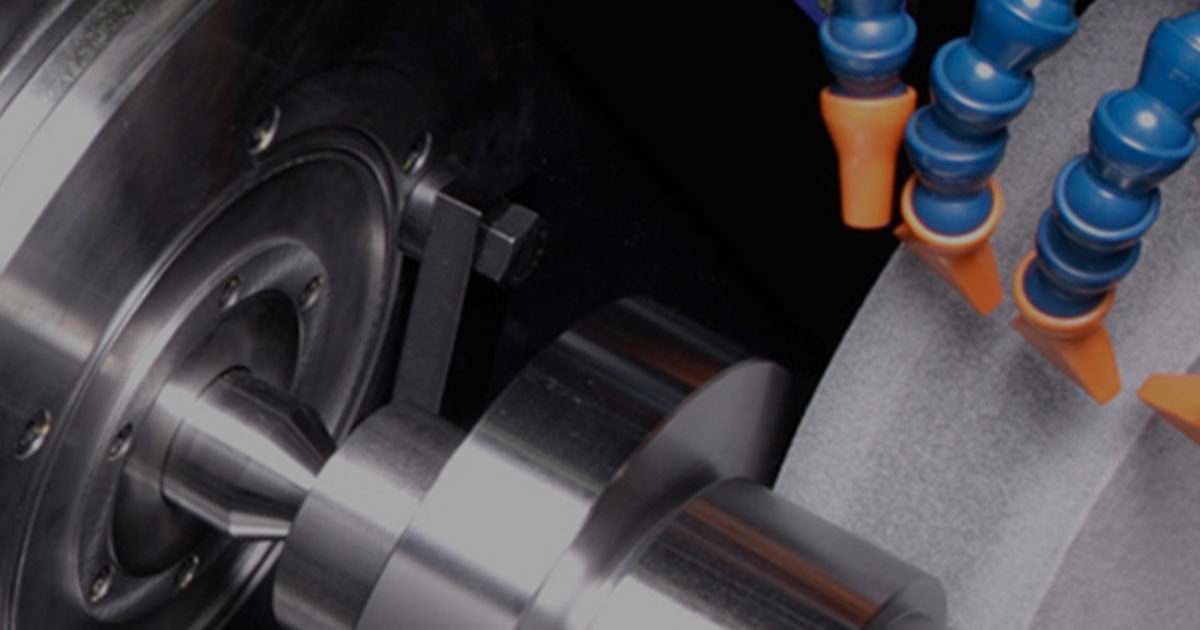Hydrostatic bearings are not journal bearings. Journal bearings require relative motion between the shaft (journal) and the bearing shell to produce the fluid pressure supporting the shaft. Hydrostatic bearings have a external fluid pressure source and do not require relative motion.
Air spindle bearing lathes such as the Precitech Nanoforms use hydrostatic slides with built in linear motors and encoders to support the cutting tool. The spindles are capable of supporting the cutting forces needed for turning optical surfaces to 0.1 micron accuracy with .001 micron surface finish. The bearing clearances in a aerostatic spindle are smaller than those in a hydrostatic spindle. The clearances are a function of the working fluid viscosity.
Lathe machine with large swing and load capacity to produce optical lenses, optical mold inserts, mirrors, and mechanical components

www.precitech.com
A hydrostatic spindle lathes such as the Hemburg Mikroturn also uses hydrostatic carriages with linear motors similar to the Precitech design. A hydrostatic spindle is used in this application because, with the same dimensions of a aerostatic spindle, it can support much higher loads.
These lathes can produce parts much faster than grinding and still maintain dimensional accuracies of 2. microns and surface finishes of 0.1 micron that approach those of grinding. For some applications, the combination of faster machining and good enough accuracy can provide significant manufacturing cost savings.
A copper plated barrel shaped roll would be a challenge to grind. Diamond turning machining is a better choice.
Hembrug Mikroturn® horizontal ultra-precise hard turning lathe for hardened workpieces up to 70 HRC. Visit us for more information.

www.hembrug.com
The Hemburg lathe has a very large oil chiller (not shown in the product description) that is required to control thermal expansion in the spindle. A small difference in temperature between the spindle and bearing shell would cause the assembly to lock up. The air bearing spindles are self cooling as long as the inlet air pressure and temperature is within specification.
For the copper roll machining application JSCPM describes above a hydrostatic spindle is a lower risk choice for a custom made machine tool. A equivalent load capacity aerostatic bearing would be much larger and much more expensive, The aerostatic bearing is working with fluid pressures in the 100 psi range. The hydrostatic bearing is working with fluid pressures in the 1000 psi range.





